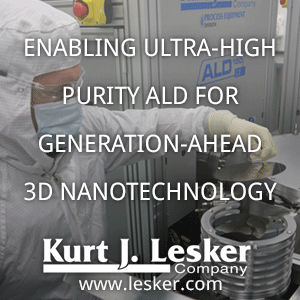NCD has just contracted with Chinese DMEGC to supply solar cell manufacturing equipment which would produces over 100MW. This equipment is Lucida GS Series ALD system for mass-producing high efficiency crystalline solar cell using Al2O3-ALD passivation to reduce surface defects on the rear side of wafers. This is paramount achievement because it is export of mass production equipment to China of the Mecca of solar cell production through winning against big international competitors. The production capability of this equipment has been improved through our a lot of production experience comparing to the previous systems. It certainly shows that the customer has proved the technology of NCD and the excellence of the equipment, and NCD would make it the most memorable turning point for our future oversea sales.
Lucida™ GS Series ALD
High throughput atomic layer deposition system for surface passivation of
c-Si solar cells
Lucida™ GS series
Lucida™ GS series + Automation
|
Applications
|
||||||||||||||||||||
|
·
Al2O3 surface
passivation of c-Silicon solar cells
·
Applications of mass-production
·
Industrial fully-automated
production equipment
·
High throughput : up to 3400
wafers/hour of 156 x 156㎟
|
||||||||||||||||||||
|
Features
|
||||||||||||||||||||
|
·
Al2O3 thin
films with good thickness uniformity
·
Advanced process kit and small
volume chamber for short gas cycle times
·
Extremely materialize ALD
mechanism
·
Small foot print
·
Totally integrated process module
·
Easy process control
·
Automatic cassette to cassette
operation
|
||||||||||||||||||||
|
Technical specifications
|
||||||||||||||||||||
|
|
||||||||||||||||||||
|



%20(1).png)










